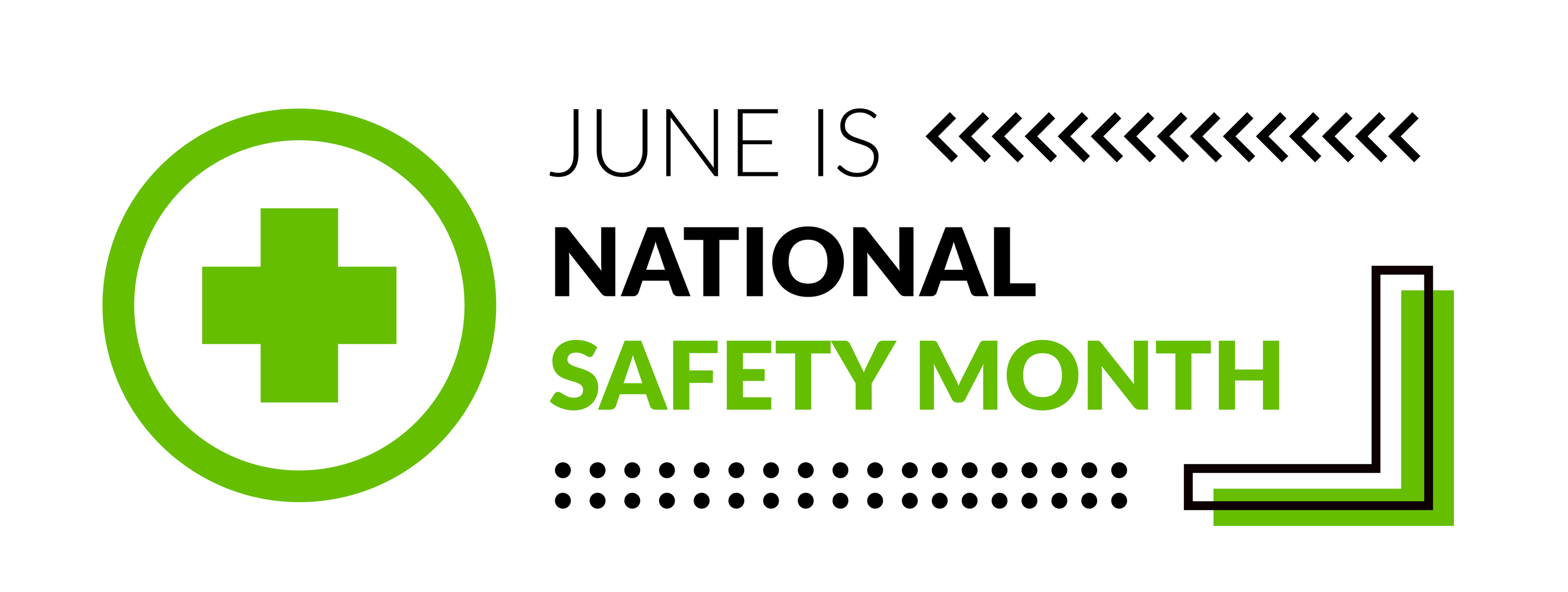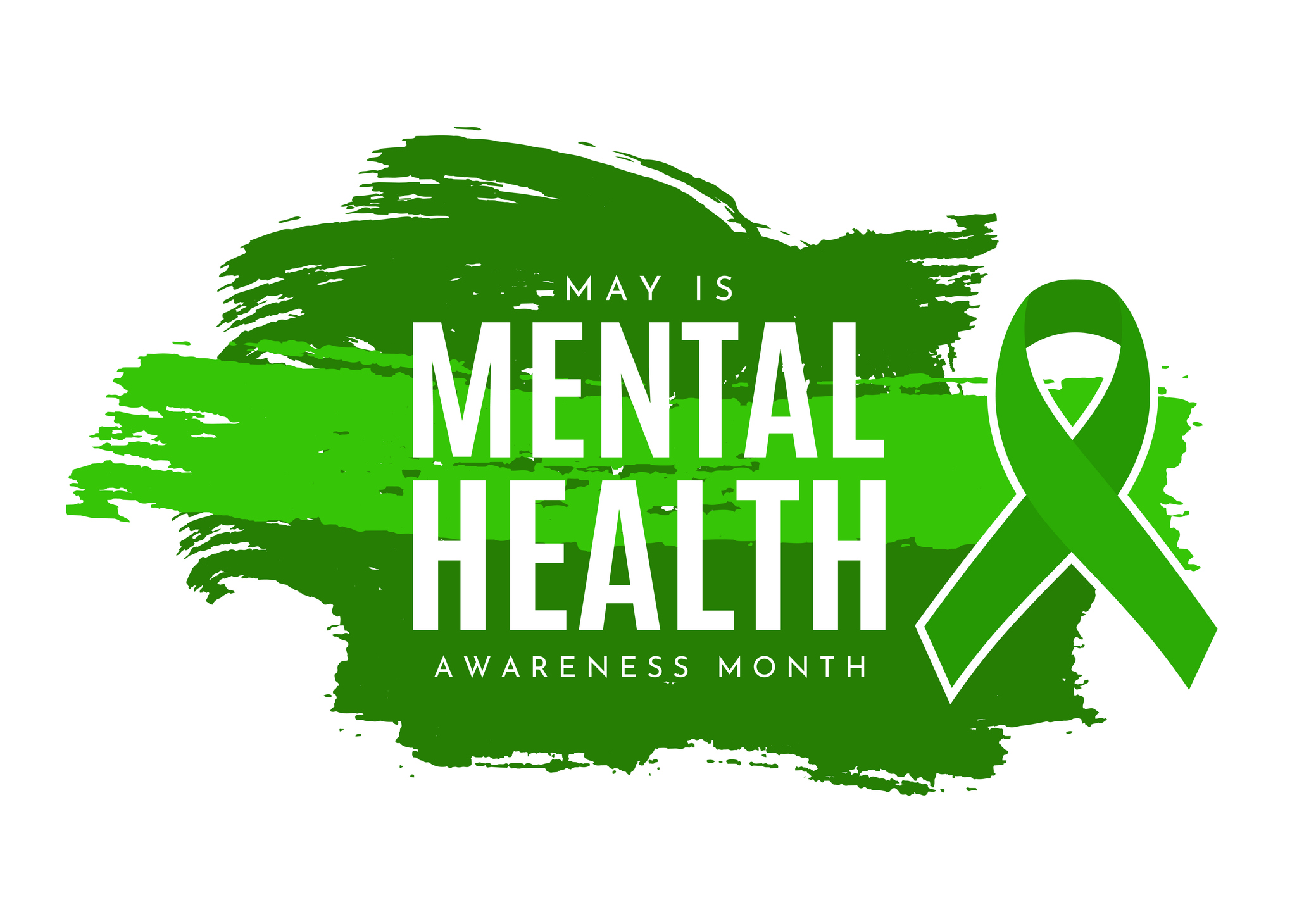Prescription opioid abuse is a serious public health concern that has affected Americans across every demographic. Drug overdose is now the leading cause of unintentional death, surpassing car accidents, and in 2010 more people died from an overdose of opioid painkillers than from heroin and cocaine combined.
Opioids are also the most widely prescribed and highly abused prescription drug, and the abuse tends to go unnoticed as a doctor can legally prescribe them. Opioid abuse is a major safety issue in the workplace, especially for health care professionals who can easily access them. Although they are the last people we’d expect to abuse prescription drugs, health care professionals and workers are especially vulnerable to dependency due to the highly addictive properties of the drugs and the ease of access.
Businesses should be concerned about growing opioid abuse by health care workers because it exposes them to potential risks. Employees using opioid prescriptions while on the job are not only a risk to themselves, but also to their patients.
Additionally, the employer is exposed to legal action if patients are harmed due to the impairment of a doctor or nurse, as any dosage of opioids impairs the user physically and mentally. Employees who use prescription opioids, even legally, also tend to have much higher claim rates, longer recovery times and increased workers’ compensation costs.
Additionally, appellate courts in four states have held employers responsible for the overdose death of an injured employee. Ultimately, employees are a business’s most valuable asset, and it’s always in a company’s best interest to keep employees happy and healthy.
Preventing Drug & Opioid Abuse Among Healthcare Professionals
To mitigate the risk of prescription opioid abuse among healthcare professionals, it’s recommended employers take the following steps:
Drug-Free Workplace Program
Implementing a drug-free workplace program is an effective way to curb substance abuse. A major element of the plan is mandatory drug testing. Fear of getting caught deters employees from using drugs while identifying those who may suffer from addiction. Using a U.S. Department of Health and Human Services certified testing center is recommended to ensure the test is both comprehensive and legitimate.
If test results come back positive, it’s imperative the results are handled consistently, and the employee entered into an Employee Assistance Program (EAP), which is detailed below. Lastly, clearly written and widely communicated prescription drug use policies should be implemented across the company and followed consistently.
Employee Assistance Programs (EAPs)
If an employee is abusing prescription opioids or suffering from addiction, companies should have EAPs available to guide them through recovery. Although it may seem like a burden to implement an extra program, EAPs are shown to be an incredibly cost-effective strategy. Replacing an employee costs between 25 and 200 percent of that employee’s annual compensation, which does not include the loss of institutional knowledge, continuity and productivity that comes with replacing an employee.
In addition to saving revenue, EAPs also encourage employees to come forward and seek help without fear of punishment from their employer. If a company helps an employee suffering from addiction rather than terminating them, the worker is more likely to feel valued by the company, which in turn boosts morale and encourages loyalty.
Employee Education
Education is always a fundamental step in creating effective change in the workplace. Comprehensive prescription opioid education increases awareness of how dangerously addictive prescription opioids can be. An education program should cover what opioids are, the danger of addiction and the effects on the body and mind. A good education program should also mention how taking prescription opioids for an injury can ultimately lead to even longer recovery times. Employees should be well-aware of the EAPs that are available to them, as well as the workplace policies regarding drug use.
Prescription opioid abuse is difficult to detect. Teaching supervisors and managers to detect drug abuse in their colleagues may help identify an employee who is exhibiting signs of dependency or addiction and get them the help they need.
Opioid abuse is a growing public health epidemic in America and no one is immune to addiction, even health care professionals. It is up to companies to look out for the well-being of their employees and the patients they treat. While companies may feel inclined to turn a blind eye to opioid abuse in the workplace, it is much more effective to offer comprehensive education and EAPs for those suffering, while also implementing a strong drug-free workplace program.

Philadelphia, PA, 19102







